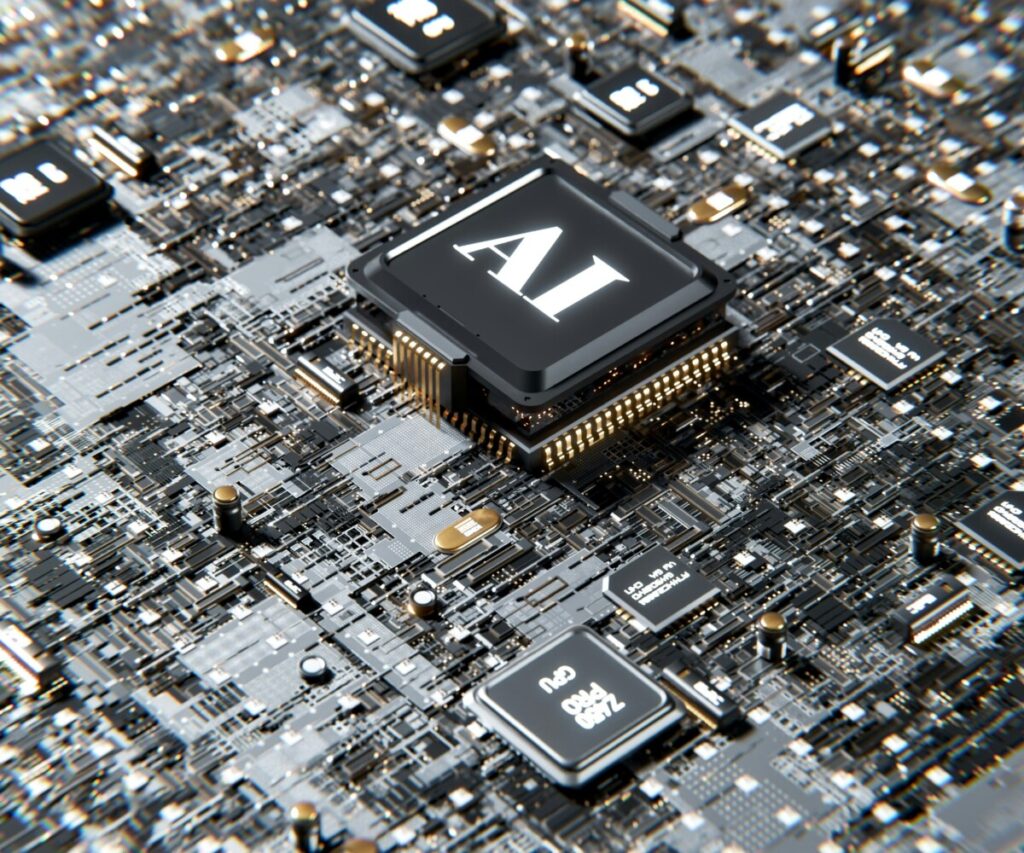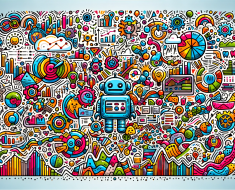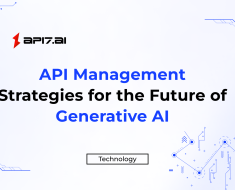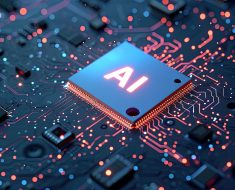Artificial intelligence (AI) has brought about a new era in marketing by upending traditional paradigms with its advanced capabilities. This dramatic shift is based on five key concepts that highlight the important differences between AI-driven techniques and conventional methods.
These ideas demonstrate how artificial intelligence can automate time-consuming tasks, personalize customer experiences, forecast consumer behavior with astonishing accuracy, and enhance marketing campaigns in real-time, in addition to analyzing massive datasets at previously unheard-of speeds and accuracy.
Upon closer inspection of these aspects, it is evident how artificial intelligence is drastically altering the marketing landscape and providing opportunities for more effective, lucrative, and persuasive marketing approaches.
Quick Modifications and Enhancement
AI systems’ dynamic nature makes it easier to optimize marketing campaigns continuously and without losing a lot of time. In contrast, traditional marketing tactics frequently entail fixed strategies that are periodically examined and changed.
Because AI marketing tools can constantly analyze incoming data, making immediate adjustments to campaign elements becomes a breeze for businesses. And all of this while maintaining brand consistency. This agility guarantees that marketing efforts are always adjusted for the current market conditions, maximizing efficacy and ROI.
Personalization at Scale
AI techniques are excellent at providing large audiences with unmatched personalized experiences. AI systems examine large datasets to customize content, recommendations, and interactions to individual preferences, in contrast to traditional marketing, which frequently relies on broad segmentation and generic messaging.
In addition to improving the customer experience, the scalability of personalization greatly increases engagement and conversion rates. Businesses can now accurately understand and anticipate customer behavior thanks to the smooth integration of AI into marketing strategies, making every communication feel specifically customized for the recipient.
Decision-Making and Predictive Analytics
An essential component of the AI-driven marketing revolution is predictive analytics. Conventional methods typically rely on linear analysis and historical data to project the future. AI, however, overcomes these constraints by using machine learning models to sort through intricate data patterns and spot trends that humans might miss.
With the help of this predictive power, marketers can more effectively allocate resources, anticipate customer needs, and optimize campaign strategies, ensuring a proactive rather than reactive response to market dynamics.
Enhanced Customer Insights With Deep Learning
A sophisticated branch of artificial intelligence called deep learning provides unmatched insights into consumer behavior via painstaking and incredibly detailed data analysis across numerous touchpoints.
In contrast to traditional marketing analytics, which may provide a broad perspective, deep learning explores the subtleties of sentiment analysis, engagement with visual content, and consumer interactions. It reveals previously unattainable levels of comprehension in this way.
By conducting more thorough research, marketers can create more captivating narratives, precisely customize product offerings, and create experiences that surpass their target audience’s expectations.
A fuller, more comprehensive understanding of customer preferences and behaviors is also made possible by deep learning’s capacity to handle and interpret enormous volumes of unstructured data, including text, photos, and videos. Consequently, companies can use these insights to build deeper, more meaningful relationships with their clients, making every engagement memorable and powerful.

Cost Efficiency and Resource Allocation
Finally, AI-driven marketing techniques advocate cost reduction and smart resource allocation. Traditional marketing sometimes involves enormous expenses on wide-reaching initiatives with unclear benefits. AI, on the other hand, optimizes budget allocation across channels and techniques based on performance data, ensuring that marketing expenditure gets the maximum potential return.
By automating mundane processes and streamlining operations, AI also minimizes the need for considerable human labor, allowing teams to focus on strategic and creative endeavors.
Conclusion
The marketing revolution spurred by AI is not just about accepting new technology but also about adopting a mentality shift towards data-driven decision-making, agility, and customer-centricity.
And as things stand, 35% of companies worldwide report using AI in their business, so it’s plain to see that it’s not just a trend but a shift.
As AI continues to advance, its incorporation into marketing tactics will become not only an advantage but a need for companies hoping to thrive in the digital age. The disparity between AI and traditional tactics vividly underlines the transformational potential of technology in marketing, suggesting a future where businesses and customers engage more profoundly than ever before.





